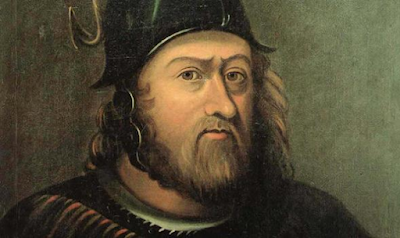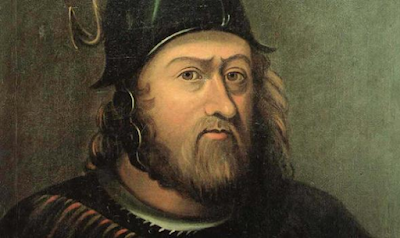William Wallace (Part 3 of 3)

WALLACE Late in August 1299, he left Scotland on a diplomatic mission to Philip IV of France who, for political reasons, briefly imprisoned him, but who supplied a safe-conduct for our beloved William le Walois of Scotland, knight' on his onward journey to consult the Pope in Rome. The goal-not surprisingly, given Wallace's views – was the restoration of King John. Back in Scotland some two years later, his movements are uncertain but it is difficult to disbelieve that he was a spent force. There is some indication that, after Falkirk, Edward had offered his enemy the opportunity to enter into peace, but Wallace rejected him. A compromise was not in his vocabulary. He was specifically excluded from the inevitability of Edward's kingship, and from then on was even more of a marked man. There were several attempts to capture him, all of which he eluded, but he was eventually taken by Sir John Menteith on August 3, 1305, traditionally at Robroyston on the outs...







